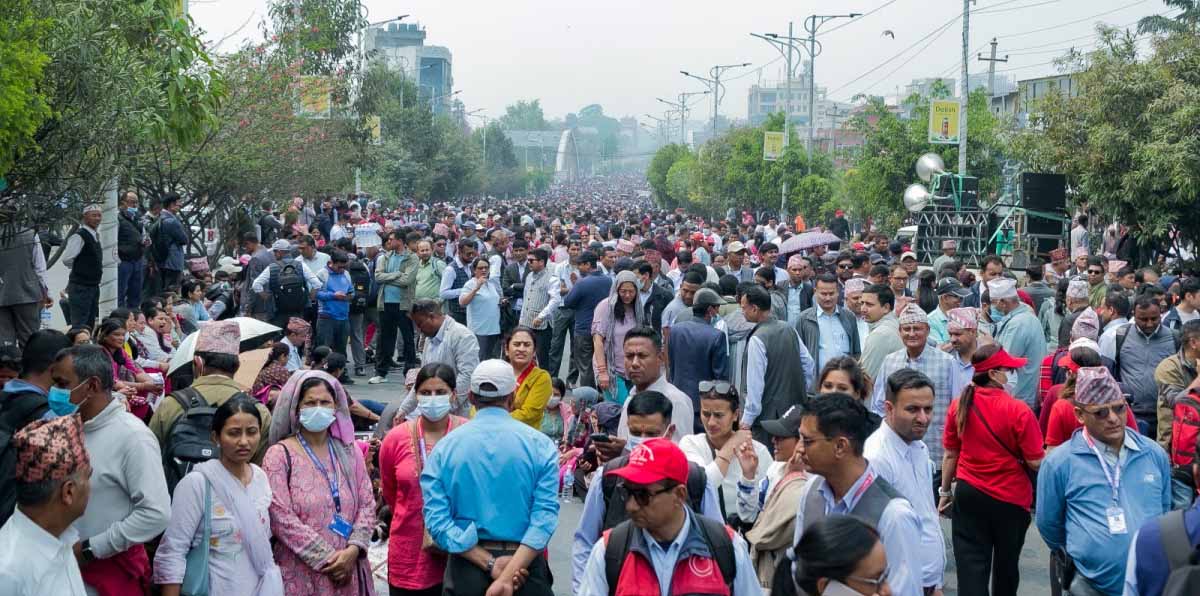The world seems to be captivated by big, loud voices and choices these days. The gods and goddesses of social media don’t call it loud and ugly. Of course not.
Instead, it is labeled bold and brave. Honestly, I’m exhausted by most of it. What I crave is something more subtle and strong.

Less raucous and more resilient. Give me kindness every time. This spring, as we enter a season of festivals and holidays that celebrate the vibrancy of new life, might we consider what matters most? After 6 decades and some change of living in the marvelous madness of humanity, I have learned just a few things that actually matter and one of them is the essentiality of the “kindness quotient”.
Kindness is the “balm in Gilead” as the sacred text suggests. It is the sweetness that overcomes the overflowing cup of bitterness. It is the bridge over angry waters that seek to overcome our spirits.
Kindness is rooted in love for the other humans (and animals). And perhaps the best thing about kindness is its ability to multiply and magnify and molt with a fervent abundance that cancels out evil intent and malicious resolve. With such potential for goodness and healing, why then is simple kindness so difficult to source and share? What holds us back from accessing the kindness quotient with a lavish hand? Why does it seem that folks are become less kind and more mean spirited? I have a few thoughts.
Kindness Isn’t Instagrammable There is a meme floating about the Meta verse these days and it is one that speaks to me. The image is an old fashioned “genie lamp” and the words go something like this: “I will never forget the one who came with a lamp when I was in darkness.” Acts of kindness are unforgettable.
They are imprinted in our hearts and minds. To be specific, they trigger episodic memories, a very personal and specific kind of “knowing” that permanently records how we felt during a point in time. Kindnesses shown to us during difficult, sad or frightening times take on a particular patina of warmth and comfort.
This is a beautiful thing, but typically isn’t instagrammable, that is aesthetically or visually appealing in such a way that one might want to share it on social media. And therein lies the dissonance. More and more, people celebrate what is fancy, fantastic and fabulous.
Acts of kindness, especially those given to us in the darkest of times are by design and default more private and simple. I’ll never forget one friend who came back to our home after my mother in law’s funeral. Folks spent time comforting us, eating the good foods that had been delivered, and gave important support.
But one woman stayed later, quietly washing every dish, wiping the counters, sorting the leftovers. I’ll never forget the sight of her, shoes kicked off, rinsing out the coffee pot. Kindness epitomized.
Kindness Doesn’t Expect a Response I suspect another reason kindness is so difficult to find, share and consistently provide is the fact that it isn’t transactional. And most folks want and expect a response when they step up. Perhaps they don’t even realize it, but it is a powerful need.
We want to be seen, to be acknowledged, to be judged as “good” when we do the right thing. Acts of kindness don’t fit into that formula, at least not in the traditional sense. The “return” isn’t tangible.
In fact, many acts of kindness are done in secret, in silence, in surreptitious acts that fly below the radar and land right where they need to in order to help or heal. Those of us who have reached a certain age or stage understand that the return is a deep sense of satisfaction and inner harmony that comes when we act in kindness. But that is a practice and a process that takes time and introspection.
Are we willing to put in the time? Kindness Won’t Change Others Kindness changes everything when it is introduced into the darkest situations, the most complicated and broken human relationships and experiences. That is true. But two things can be true at the same time.
Kindness, no matter how unrestrained or well-intentioned cannot change another person’s disposition, behavior nor beliefs. They will still be the same person even when we demonstrate kindness. It may give the grumpiest, most angry, deeply bitter individual an insight, a glimmer of sight, a nudge, but kindness isn’t a magic elixir.
I have learned that kindness toward the most difficult is more about me than about them. Counterintuitive, right? The philosopher Viktor Frankl nailed it when he said: “Between stimulus and response there is a space and in that space is the power to choose our response.” I have learned and am still learning that choosing kindness is best.
It may not be bold, loud, or fashionable, but it is powerful and unstoppable. Kindness expands and interacts. Its reach is exponential.
The kindness quotient, like numbers themselves, is infinite. Conclusion While writing this piece, I took a break and dropped in on a yoga class taught by a former educational colleague, Ann Marie, who has reinvented herself as a yoga teacher. The class was awesome.
Very twisty. But, it was her meditation on what it means to “practice” that spoke to me. She emphasized the fact that practice is a process.
One tries. One fails. Yet one continues to grow and improve when the practice is consistent and authentic.
So it is with the kindness quotient. Choosing kindness over other more visceral responses isn’t always easy, but with time and practice it improves us. Strengthens us.
Sustains us. Kindness grows us from the inside and grows trust and love on the outside. As we age and change, kindness becomes the currency that pays back in unforeseen and unfathomable ways.
.
Technology

The kindness quotient

The world seems to be captivated by big, loud voices and choices these days. The gods and goddesses of social media don’t call it loud and ugly. Of course not. Instead, it is labeled bold and brave. Honestly, I’m exhausted...















